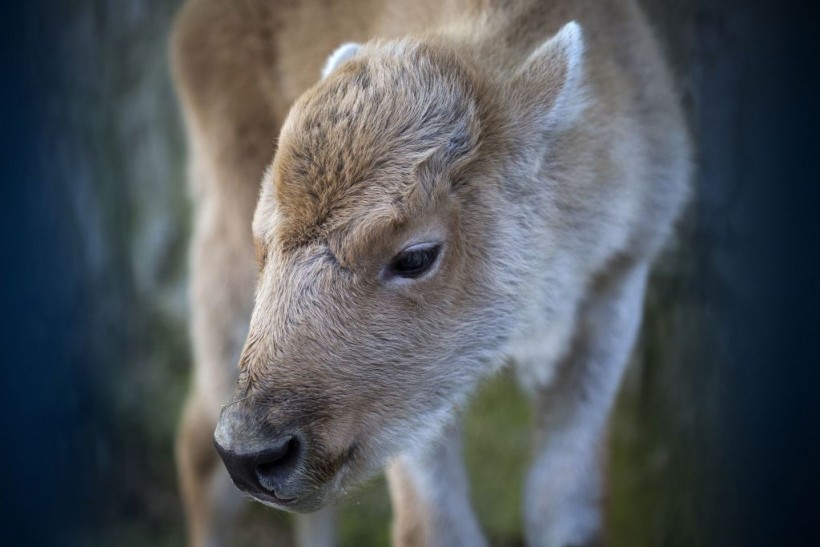A team of researchers from the University of Montana and the U.S. Department of Agriculture has created the most complete genetic map of the American bison, revealing new insights into the evolution, diversity, and conservation of this iconic animal.
The study, published in the journal Nature Communications, also identified the gene responsible for albinism, a rare condition that affects some bison populations.
Bison genetics and evolution
 (Photo : VLADIMIR ZIVOJINOVIC/AFP via Getty Images)
(Photo : VLADIMIR ZIVOJINOVIC/AFP via Getty Images)

The American bison, also known as the buffalo, is the largest land mammal in North America and a symbol of the wild west.
However, the bison population was nearly wiped out by overhunting and habitat loss in the late 19th and early 20th centuries, reducing their numbers from millions to less than a thousand.
Thanks to conservation efforts, the bison population has recovered to about 500,000 today, but their genetic diversity and health are still threatened by inbreeding, disease, and hybridization with cattle.
To better understand the genetic history and diversity of the bison, the researchers sequenced the genomes of 620 bison from 19 populations across the U.S. and Canada, including wild, captive, and hybrid bison.
They compared the bison genomes with those of cattle, yak, and other bovids, and reconstructed the evolutionary relationships and demographic changes of the bison over time.
The researchers found that the bison originated from a common ancestor with the yak about 5 million years ago, and diverged into two distinct lineages: the plains bison and the wood bison.
The plains bison is the more widespread and familiar type, while the wood bison is larger and darker, and lives in northern Canada and Alaska.
The two lineages diverged about 400,000 years ago, and have remained genetically distinct despite occasional interbreeding.
The researchers also discovered that the bison population underwent a severe bottleneck about 22,000 years ago, coinciding with the Last Glacial Maximum, when ice sheets covered most of North America.
The bison population then expanded rapidly after the ice retreated, reaching a peak of about 10 million individuals about 5,000 years ago.
The population declined again in the last 200 years due to human activities, resulting in a loss of genetic diversity and an increase of inbreeding.
Also Read: Rare Albino Dolphin Calf Seen Off-Coast Africa
Albinism gene in bison
One of the most striking findings of the study was the identification of the gene responsible for albinism in bison.
Albinism is a rare condition that causes a lack of pigment in the skin, hair, and eyes, resulting in a white or pale appearance. It is caused by mutations in genes involved in the production of melanin, the pigment that gives color to the skin, hair, and eyes.
It affects many animals, including humans, but its occurrence and genetic basis in bison were unknown until now.
The researchers found that albinism in bison is caused by a mutation in a gene called SLC45A2, which encodes a protein that transports melanin precursors into the cells that produce pigment.
The mutation disrupts the function of the protein, preventing the production of melanin and causing albinism.
The researchers estimated that the mutation arose about 8,000 years ago in a single bison, and spread through the population due to genetic drift and inbreeding.
They also found that albinism in bison is associated with reduced fitness and survival. Albino bison have lower reproductive success, higher susceptibility to disease and predation, and lower tolerance to heat and sunlight.
Albino bison are also more likely to be targeted by hunters and poachers, who consider them as trophies or curiosities.
The researchers estimated that the frequency of albinism in bison is about 0.1%, or one in a thousand, but it varies among populations and regions.
Related article: Rare Albino Flap Shell Turtle That Looks Like Melted Cheese Spotted in India!
© 2024 NatureWorldNews.com All rights reserved. Do not reproduce without permission.





